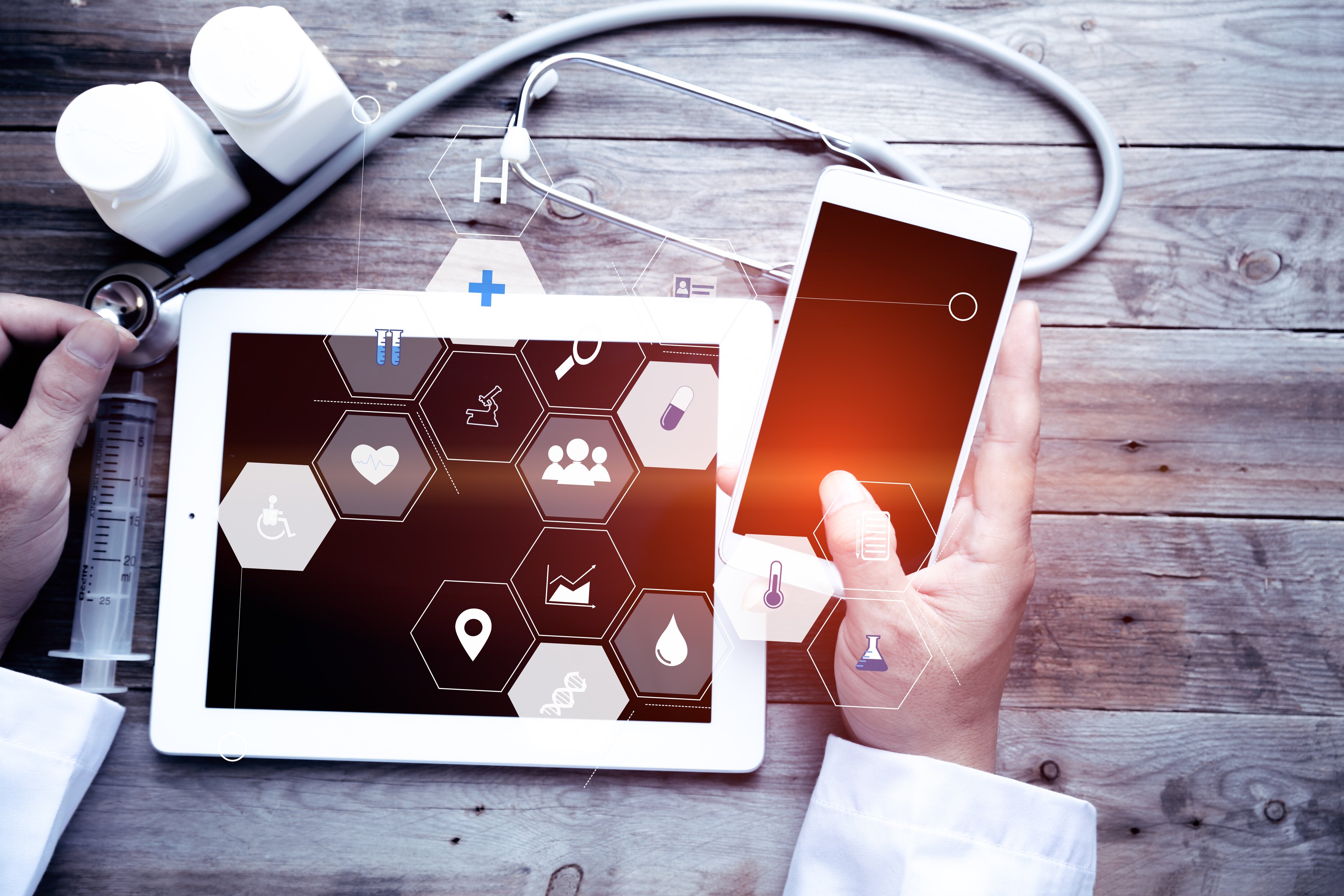
Disrupting Disparities: Looking at Pennsylvania’s digital divide
Numbers included in the recent AARP Pennsylvania and Drexel University report show a disparity in broadband internet access across the state, and unveiled its…
In a May 2020 editorial in the American Journal of Public Health, publishers Natalie C. Benda, Tiffany C. Veinot, Cynthia J. Sieck, and Jessica S. Ancker highlighted the prevalence of broadband internet access.
The report labels broadband internet access a social determinant of health, and discusses how lack of access to it, especially during a pandemic, can heavily impact the health and well-being of individuals.
According to a recent Pew Research report, rural Americans are 12% less likely than overall Americans to have home broadband access, with six-in-ten rural Americans believing that access to high speed internet is a problem in their area.
Access to broadband internet also varies across Pennsylvania based on geographic region, as detailed in the Disrupting Disparities in Pennsylvania report, published by AARP Pennsylvania and Drexel University’s College of Nursing and Health Professions (lead author Dr. DiMaria-Ghalili).
“The pandemic is exacerbating inequities for those who live in poorer rural and urban areas,” said Angela Foreshaw Rouse, Manager of State Operations and Outreach at AARP Pennsylvania. “This research shows that disparities exist in internet access and digital literacy, creating a barrier for Pennsylvanians to access health services and information.”
Only in four of the 67 Pennsylvania counties — Bucks, Chester, Delaware and Montgomery — can over 95% of the population use or connect to the internet in their household, according to the report.
Furthermore, only one of the Pennsylvania counties has 100% access, 26% of counties have 95.1 to 99% access, 19.4% of counties have 90 to 95% access, 32.8% of counties have 70.1 to 90% access; and 6% of counties have less than 70% access.
“Internet access is not available equitably across the state,” said Laura Gitlin, dean and distinguished university professor at Drexel University, in a press briefing.
Also known as the digital divide, the inequities pertaining to broadband access can lead to a lack of access to telehealth care.
RELATED CONTENT
“This digital divide… has not only just led to poor health outcomes, but it’s also led to less access to quality care,” said Geoffrey Roche, executive director of strategic healthcare initiatives at Harrisburg University.
This lack of telehealth became especially apparent as a result of the pandemic.
“Many of the community agencies — senior centers, adult day services, libraries — that have had to close because of COVID are the places that older adults turn to use computers if they do not have broadband in their home,” said Gitlin.
Smartphones can help lessen some of the digital divide by enabling individuals to access the internet through their phone. However, while smartphone usage across the Commonwealth is 60% or more in most counties, there are eight counties in which more than 8% of households report no internet access.
When it comes to telehealth care, the lack of broadband access can result in being unable to take part in telehealth visits and access basic information on healthcare, which reduces health literacy.
The Disrupting Disparities in Pennsylvania report suggests that in order to expand access and utilization of telehealth, the state can build upon the flexibilities extended during the pandemic. This includes requiring private insurance plans and Medicaid to cover telehealth services, allowing telehealth to be performed by additional providers and also increasing information and outreach on how to use telehealth to its fullest extent.
The entirety of the report can be found and downloaded here.











LEAVE A COMMENT:
Join the discussion! Leave a comment.